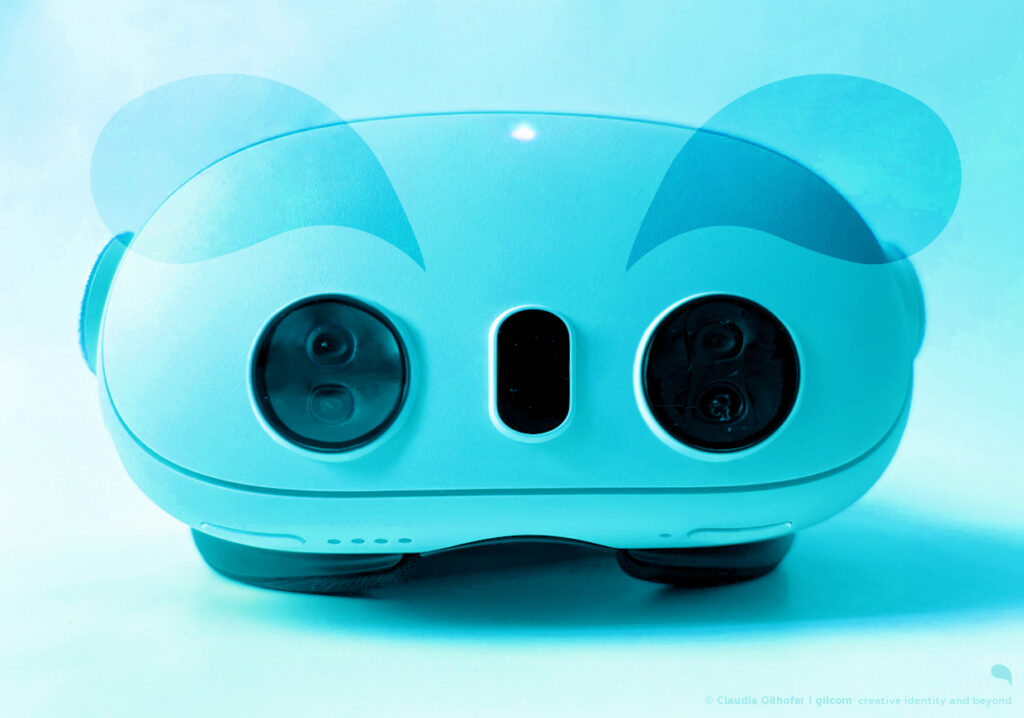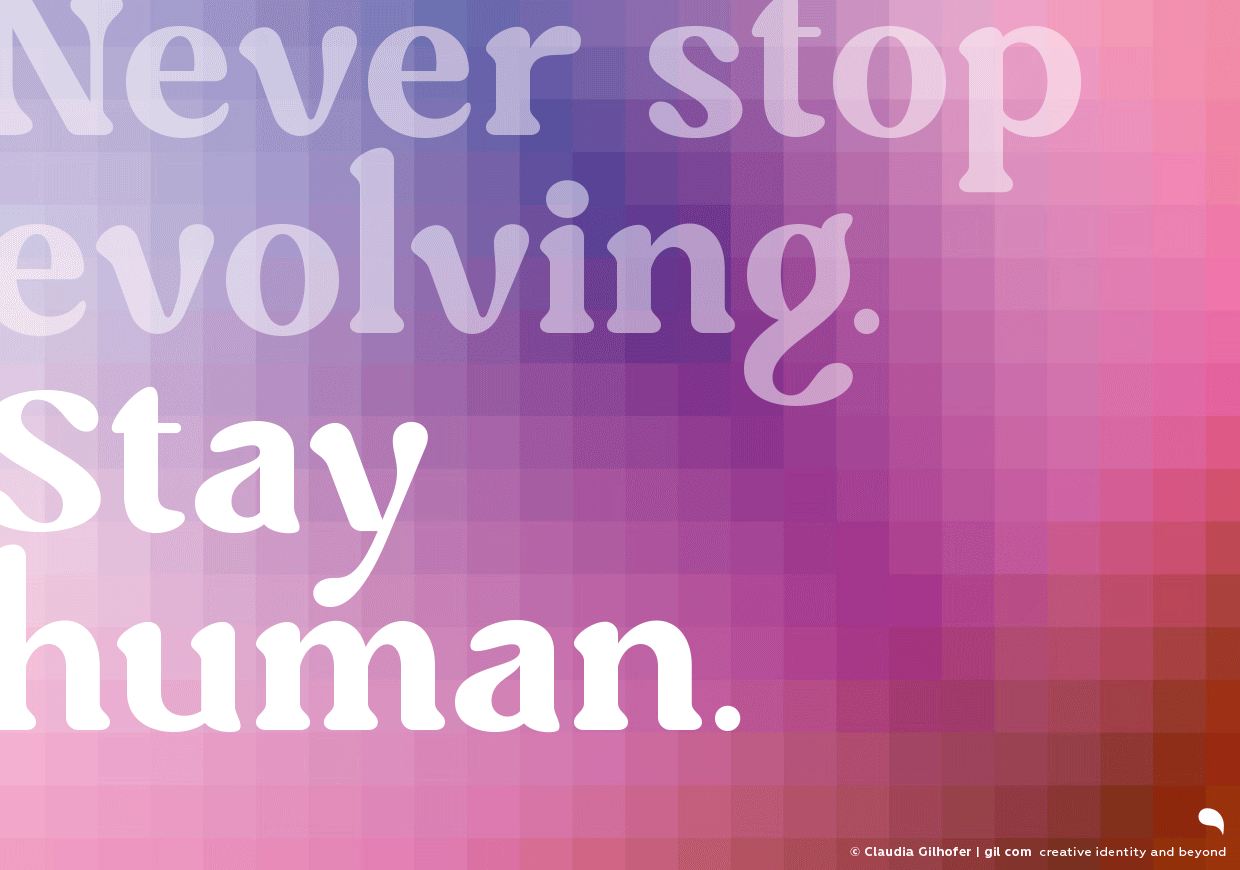Just as the working world has recently learned to deal with Generation Y, the next generation is already in the starting blocks. Generation Z is ready. If you follow the reports on this topic, one thing becomes clear: a new form of individualists is positioning itself here.
Generation Z: friendly, but entirely focused on their own goals. They are described as those who prefer to talk about themselves. While Generation Y was still team-oriented, Generation Z consists of solo players, not team players. However, both Generation Y and Generation Z share the same goal: working without sacrificing quality of life? Certainly not.
What Kerstin Bund writes about in her book (“Happiness Beats Money. Generation Y: What We Really Want.”) also applies to Generation Z: “Millennials” demand quality time – they live and work by the motto: “Purpose is more important than status.”
Z – a generation of born “digital entrepreneurs.”
The “Digital Natives” – the first generation to have grown up completely in a digital world. This has major consequences. On how they communicate and how they perceive and navigate the world. Always online, always accessible, well-connected. Everything is posted, liked, and commented on. Less in-person, more digital. Generation Z embodies the joy of life. Loyalty to the employer does not fit into the concept. Generation Y doesn’t have it to a great extent either, but at least they still have bonds with individual people in the company. Generation Z only has bonds to projects. They should be interesting and meaningful. And well-paid.
Generations are generally divided into time periods: Z was born in the 2000s, Y around 1980, and X around 1960. However, you can’t easily pigeonhole their different characters and timeframes. There are 50-year-olds who match the Generation Z profile, just as there are 20-year-olds who resemble Generation X.

X: “My job.” – Y: “My life.” – Z: “Mine.”
For employers, there are now no easy tasks in the competition for the best employees. They must recognize the needs of different generations, learn their language, and understand how to properly nurture them. And, as if that weren’t difficult enough, to secure know-how, they must create connections. Across generations. From 50-plus to Generation Z. The new style of employee leadership in the future will not be based on predetermined rules, but rather on the needs of different individuals. An empathetic leadership style is required. This does not demand a cuddly approach, but rather the ability to recognize individual strengths and create the necessary space for their development. Respectful communication on an equal footing. Because, as business mavericks Anja Förster und Peter Kreuz put it succinctly: “Those who build fences around people get sheep.”
Unlearning and reorienting will become a survival rule to remain economically successful.
“Oh, You New World of Work! X, Y, Z – In the Generational Interplay
Just as the working world has recently learned to deal with Generation Y, the next generation is already in the starting blocks. Generation Z is ready. If you follow the reports on this topic, one thing becomes clear: a new form of individualists is positioning itself here.
Generation Z: friendly, but entirely focused on their own goals. They are described as those who prefer to talk about themselves. While Generation Y was still team-oriented, Generation Z consists of solo players, not team players. However, both Generation Y and Generation Z share the same goal: working without sacrificing quality of life? Certainly not.
What Kerstin Bund writes about in her book (“Happiness Beats Money. Generation Y: What We Really Want.”) also applies to Generation Z: “Millennials” demand quality time – they live and work by the motto: “Purpose is more important than status.”
Z – a generation of born “digital entrepreneurs.”
The “Digital Natives” – the first generation to have grown up completely in a digital world. This has major consequences. On how they communicate and how they perceive and navigate the world. Always online, always accessible, well-connected. Everything is posted, liked, and commented on. Less in-person, more digital. Generation Z embodies the joy of life. Loyalty to the employer does not fit into the concept. Generation Y doesn’t have it to a great extent either, but at least they still have bonds with individual people in the company. Generation Z only has bonds to projects. They should be interesting and meaningful. And well-paid.
Generations are generally divided into time periods: Z was born in the 2000s, Y around 1980, and X around 1960. However, you can’t easily pigeonhole their different characters and timeframes. There are 50-year-olds who match the Generation Z profile, just as there are 20-year-olds who resemble Generation X.
X: “My job.” – Y: “My life.” – Z: “Mine.”
For employers, there are now no easy tasks in the competition for the best employees. They must recognize the needs of different generations, learn their language, and understand how to properly nurture them. And, as if that weren’t difficult enough, to secure know-how, they must create connections. Across generations. From 50-plus to Generation Z. The new style of employee leadership in the future will not be based on predetermined rules, but rather on the needs of different individuals. An empathetic leadership style is required. This does not demand a cuddly approach, but rather the ability to recognize individual strengths and create the necessary space for their development. Respectful communication on an equal footing. Because, as business mavericks Anja Förster and Peter Kreuz put it succinctly: “Those who build fences around people get sheep.”
Unlearning and reorienting will become a survival rule to remain economically successful.
Employers who can adapt to the diversity of multiple generations are clearly at an advantage.
From X to Y and Z:
Happiness and satisfaction are closely linked to the economy. This is what we should work on.
never stop evolving.
stay human.
[ Communication | Human | Brand ]
__
gil com | creative identity and beyond
For connecting communication + promoting personal growth, brand authenticity, a motivating corporate culture, and opening up new spaces for creative thinking.
Claudia Gilhofer:
Creative Planner, Communication Psychologist in Training, Systemic Business Coach, Facilitator, Mentor, Sparring Partner, VR Expert (XR-C)





